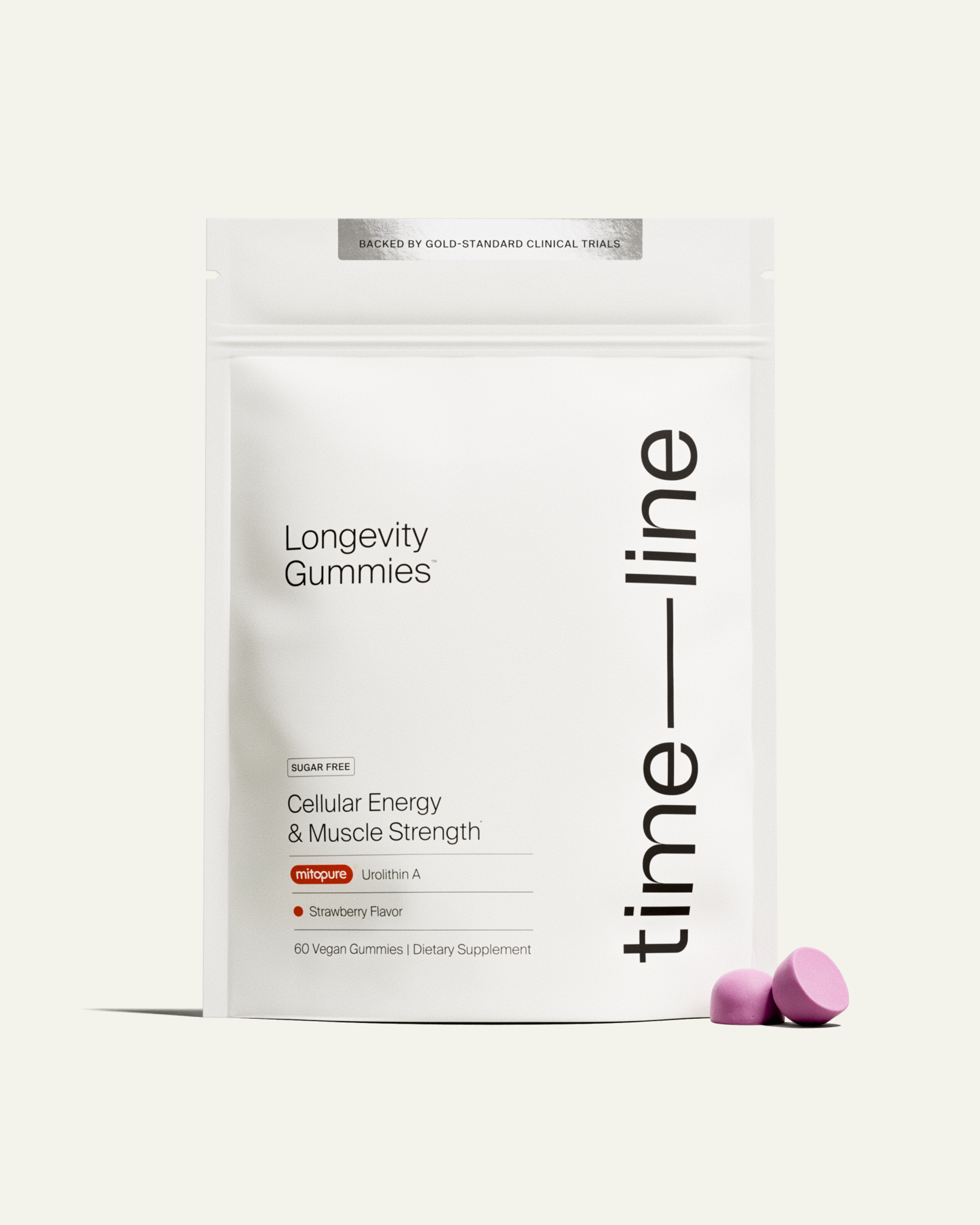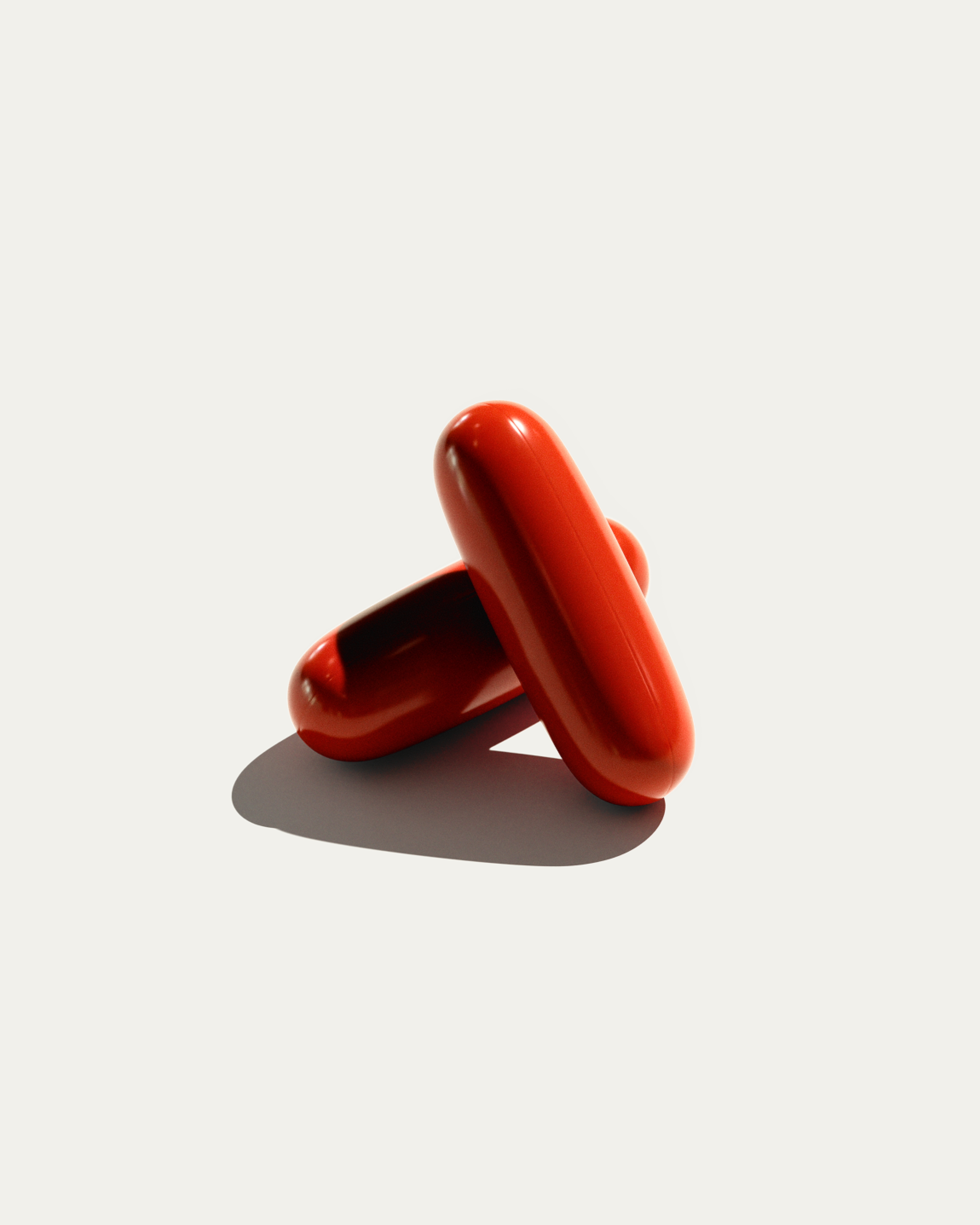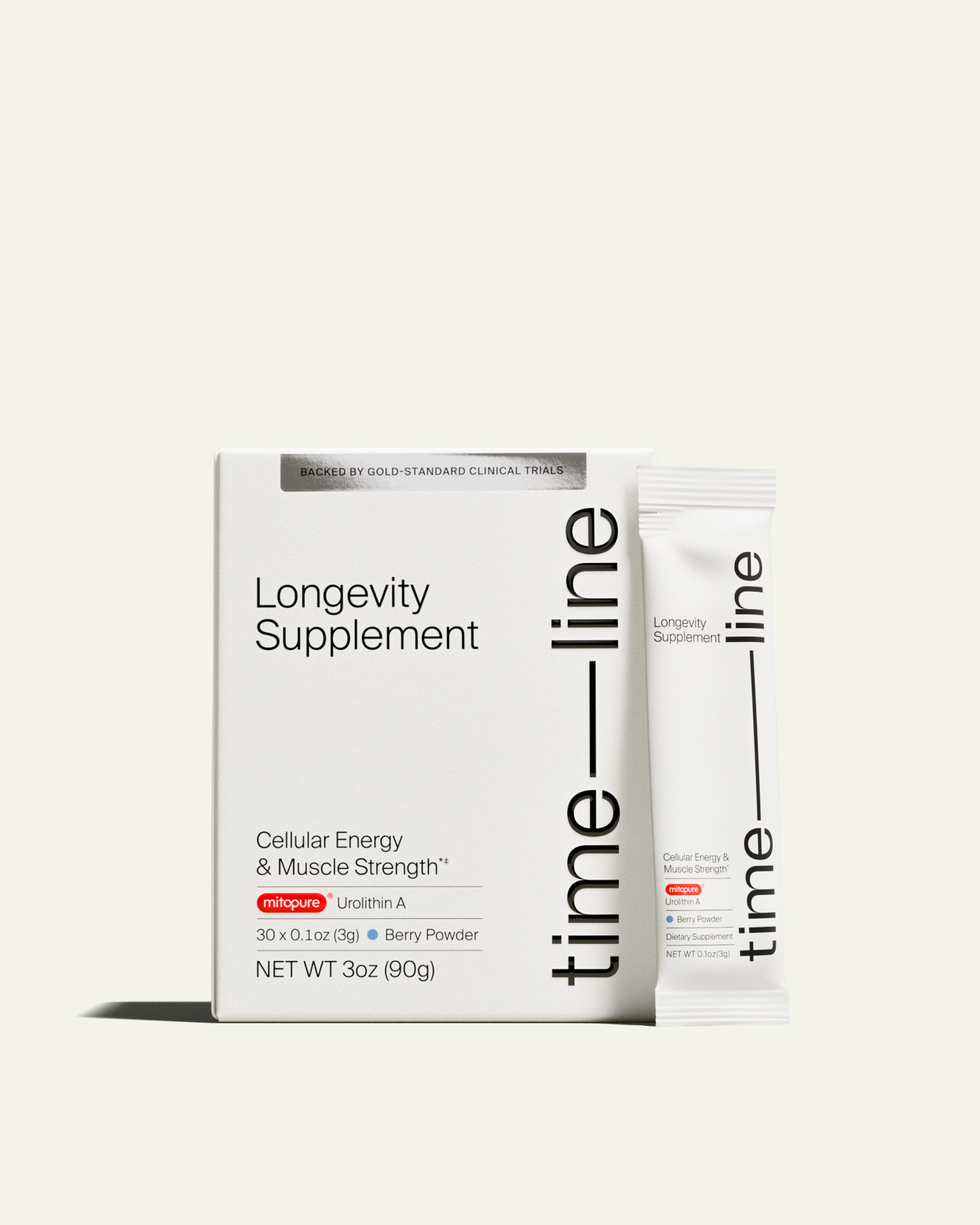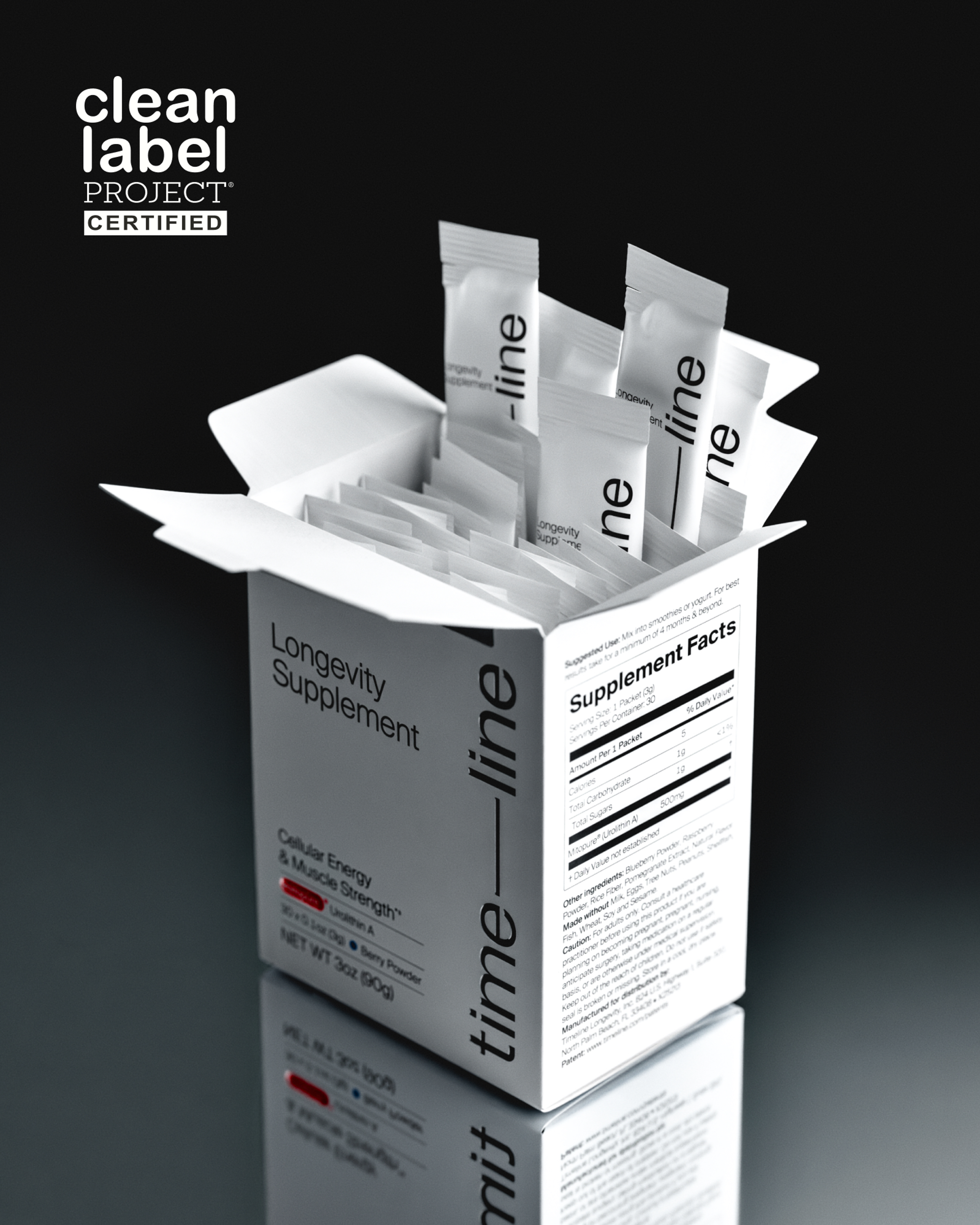Dietary Fiber Benefits for Longevity and Overall Health
Discover the fiber and longevity connection. Learn how a fiber-rich diet can promote gut health, reduce disease risk, and support a longer life.
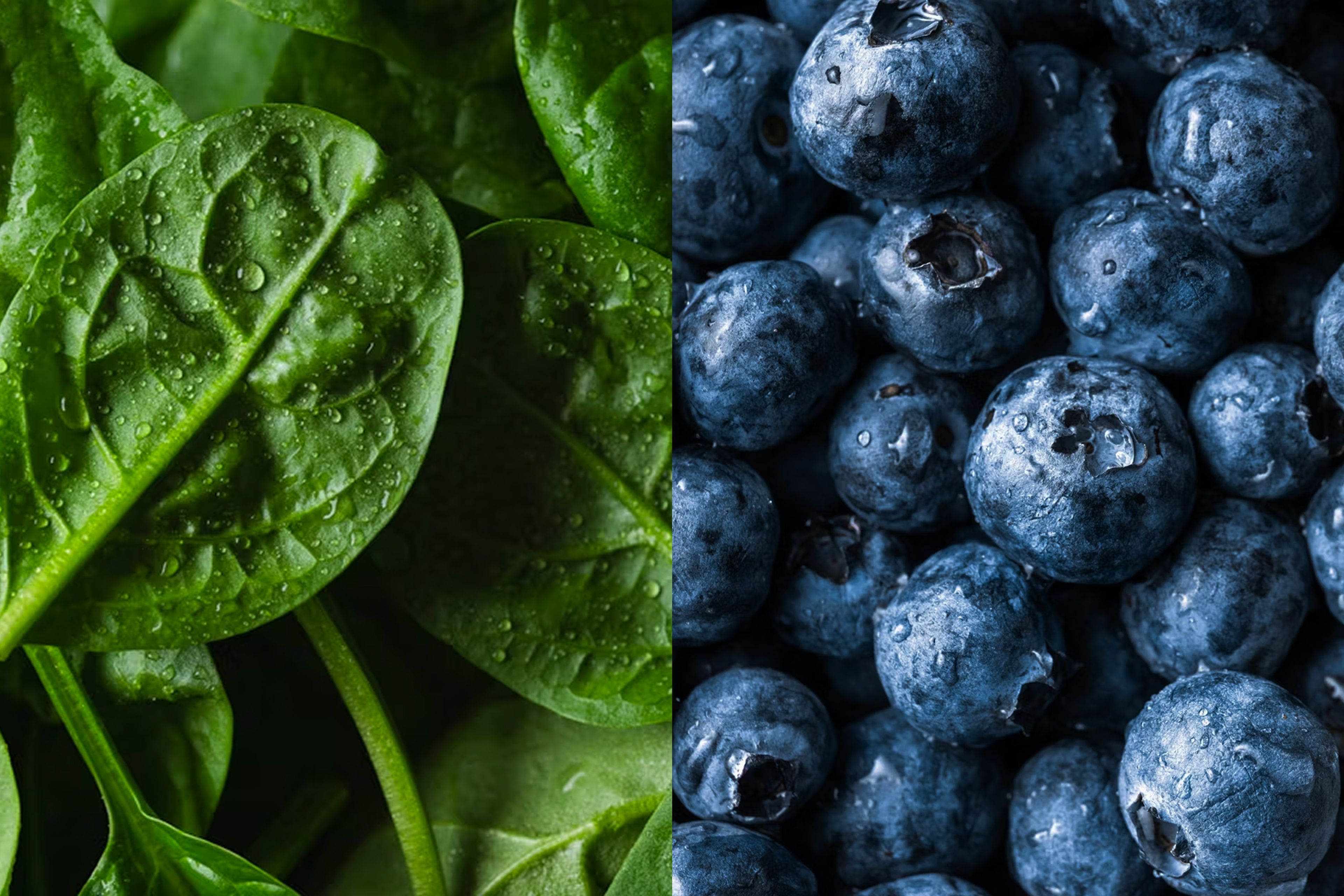
What to know
Fiber is a powerful longevity nutrient that supports heart health, gut health, weight management, and more.
Most Americans fall short on fiber, with 95% not meeting daily recommendations.
Both soluble and insoluble fibers play essential roles and are found in foods like fruits, vegetables, nuts, seeds, and whole grains.
Fiber feeds beneficial gut bacteria, producing postbiotic compounds that support health and longevity.
Combining a high-fiber diet with longevity supplements like Mitopure offers a well-rounded strategy to support healthy aging.
The Connection Between Fiber and Longevity: Why It Matters
If you want to live a longer, healthier life, fiber is a star nutrient to prioritize. This essential plant-based carbohydrate fuels a healthy gut microbiome, supports digestion and immunity, and lowers the risk of chronic disease at any age.
Despite fiber’s strong connection to health, over 90% of people don’t get enough of it in their diet.[1] Fortunately, there are easy ways to increase fiber and strengthen your gut microbiome to support long-term health.

Fiber is a type of carbohydrate found in plant foods, and it passes through your digestive system intact, meaning we don’t digest it. A large body of well-conducted research shows that people who eat more fiber have significantly lower rates of heart disease, type 2 diabetes, stroke, and certain cancers, which can contribute to a longer, healthier life.[2]
Fiber serves as a prebiotic, a quality fuel source for the health-promoting bacteria in the gut. When high-fiber foods are consumed, gut bacteria metabolize the fiber into health-promoting molecules called postbiotics, like short-chain fatty acids (SCFAs). These SCFAs play a role in reducing inflammation, supporting the intestinal lining, and strengthening immunity for improved healthspan.[3]
Other postbiotics
Urolithin A is another well-known postbiotic. In this case, fiber is not the prebiotic; instead, the precursors are polyphenols called ellagitannins, found in foods like pomegranates. Urolithin A contributes to healthy aging by targeting mitophagy. This cellular recycling process removes damaged mitochondria, making way for newer, healthier ones[4].
Mitopure®, a clinically validated Urolithin A supplement, has over 15 years of research supporting its benefits in healthy aging. Clinical trials have shown:
- Improvement in cellular energy and markers of mitochondrial function[5]
- 12% increase in hamstring muscle strength in 16 weeks with a 500mg dose, in sedentary, middle-aged adults[6]
- 17% improvement in muscle endurance after 8 weeks when taking a 1000mg dose[7]
Soluble vs. Insoluble Fiber
Soluble fiber dissolves in water, creating a gel-like substance that slows the digestion of food as it travels through the gut. This slower digestion can help you feel full for longer, reduce rapid blood sugar spikes, and lower cholesterol[8]. Because it binds to cholesterol in the digestive tract, soluble fiber helps remove it from the body.
Insoluble fiber doesn’t dissolve in water, but instead pulls water into the stool, improving regularity and making it easier to pass through the digestive system. [9]
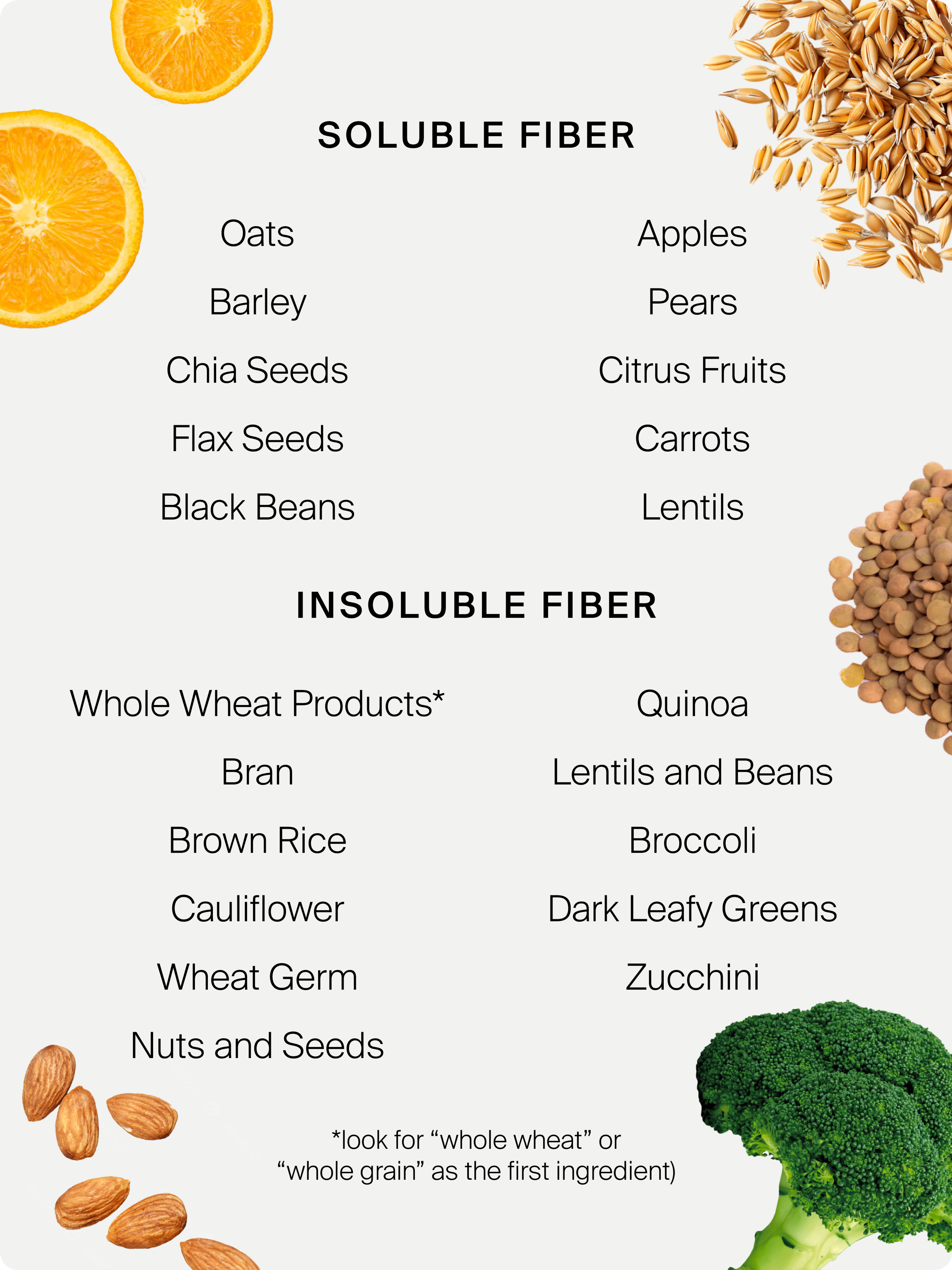
Many foods contain both types of fiber. Pears, for example, pack insoluble fiber in their skin and soluble fiber in their flesh. When incorporating fiber into the diet, choose a variety of fiber-rich foods to increase the diversity of healthful bacteria in the gut.
Fiber Intake Recommendations
The recommended daily intake for fiber is 25 grams per day for women and 38 grams per day for men aged 50 or less, according to the latest 2020-2025 Dietary Guidelines for Americans. The recommendation for those above 50 years old is a bit lower at 21 grams of fiber per day for women and 30 grams for men.[10]
However, the vast majority of U.S. adults don't eat enough fiber-rich foods like fruits, vegetables, nuts, seeds, and whole grains to support longevity.[11]
Fiber and Longevity
One of the key ways fiber promotes longevity is by nourishing the gut microbiome, the community of trillions of bacteria that live in the digestive tract.[12] These microbes rely on prebiotic fiber as their primary food source; therefore, fiber helps nourish the beneficial bacteria.
Chronic conditions such as diabetes, heart disease, and cancer are some of the leading causes of premature death in the U.S that are connected to fiber intake.[13]
By incorporating fiber-rich foods, you can build a more resilient gut microbiome, promoting overall well-being and a longer, healthier life.
High Fiber Foods
Most Americans don’t get enough fiber in their diets. Even if you eat a whole foods diet, you may still fall short if you're not regularly eating legumes, whole grains, and high-fiber fruits and vegetables.
How can you tell if you're getting enough? Several smartphone apps can help you track your daily food intake and show how much fiber you're consuming.
Increasing fiber intake doesn’t have to be difficult, and plenty of high fiber foods also contain other key nutrients for promoting longevity.
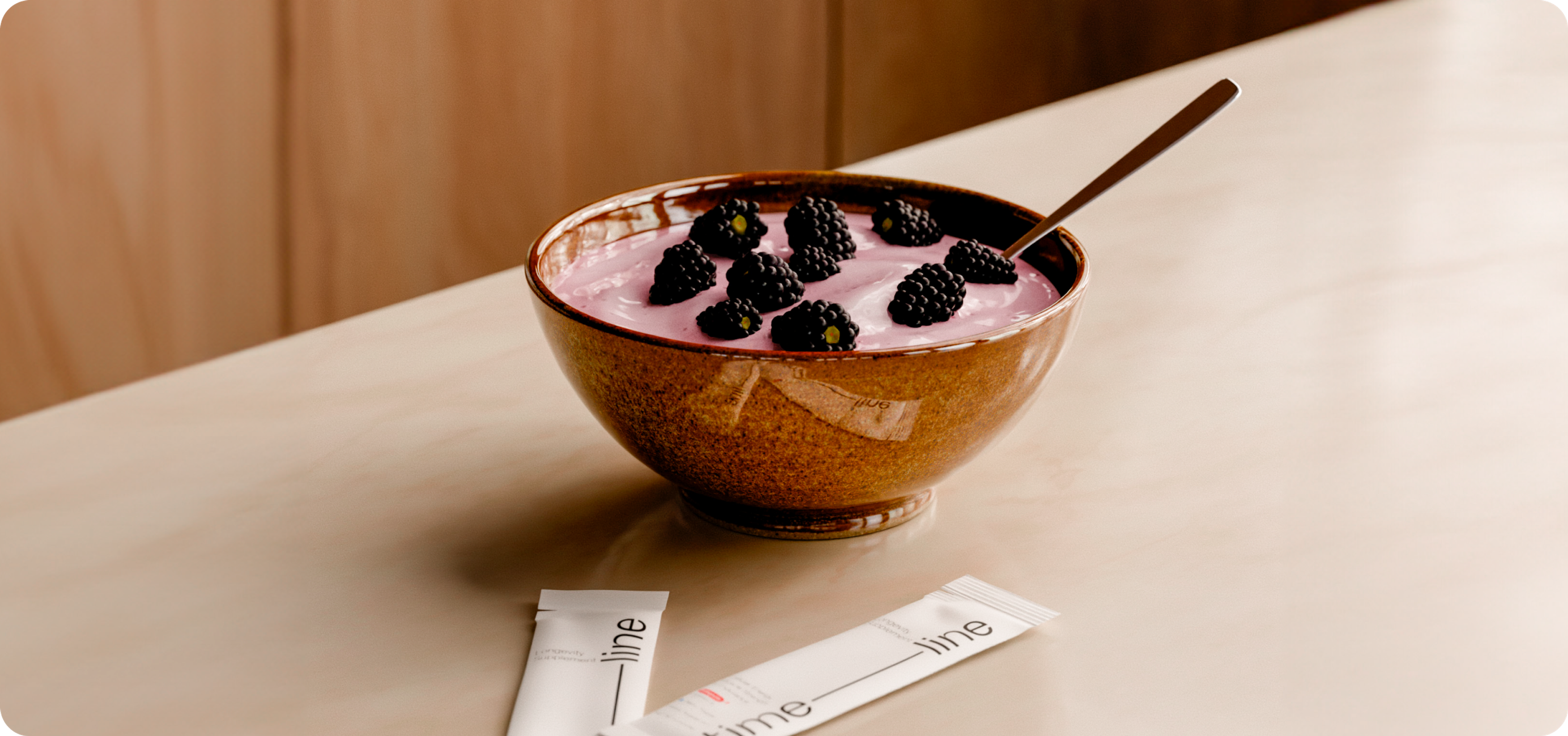
Ways to Increase Your Fiber
Here are a few ways to add these foods to your daily diet.
- Add a fiber-rich fruit or veggie to every meal and snack. Think “something crunchy or plant-based” every time you eat.
- Swap refined grains for whole grains. Choose whole wheat bread, brown rice, or quinoa instead of their white counterparts.
- Keep beans and lentils stocked. Add to soups, salads, pasta, or even blend into sauces.
- Use fruit as a topping. Top salads, cereals, or toast with high-fiber fruits like berries or sliced guava.
If you have trouble meeting your daily fiber intake from food alone, fiber supplements can be a helpful tool to fill in gaps in your diet. There are a variety of fiber supplements on the market, some of the most popular being psyllium husk, inulin, and partially hydrolyzed guar gum (PHGG).
A Note on Increasing Fiber Intake
It’s important to note that adding more fiber to your diet is best done slowly. This allows your digestive system to adjust to the increased intake. If you add too much too fast, you may experience digestive upset like bloating, gas, or abdominal pain. Start small with 1-2 servings daily, then gradually work your way up over a few weeks. Drinking plenty of water along with fiber also helps promote better tolerance.
Final Thoughts
Increasing fiber intake is one of the most impactful, yet overlooked, steps to improve health and longevity. From promoting gut and heart health to reducing inflammation and weight management, fiber is foundational in helping you age more gracefully.
While a healthy diet is foundational to healhty aging, certain nutrients like Urolithin A may still be lacking. That's where a longevity supplement like Mitopure comes in. Mitopure provides 6 times more Urolithin A than diet alone and helps to target a key factor in how we age.
Authors

Dietitian-Nutritionist, and Health Content Writer

Reviewed by
Director Science Communications
References
- ↑
Miketinas, D., Tucker, W., Patterson, M., & Douglas, C. (2021). Usual Dietary Fiber Intake in US Adults with Diabetes: NHANES 2013–2018. Current Developments in Nutrition. https://doi.org/10.1093/CDN/NZAB053_054 (https://www.google.com/url?q=https://doi.org/10.1093/CDN/NZAB053_054&sa=D&source=docs&ust=1748024337502042&usg=AOvVaw3TCBbARA6GbFvbkyOSwl5A).
- ↑
O’Keefe SJ. The association between dietary fibre deficiency and high-income lifestyle-associated diseases: Burkitt’s hypothesis revisited. The lancet Gastroenterology & hepatology. 2019;4(12):984-996. doi:https://doi.org/10.1016/S2468-1253(19)30257-2
- ↑
Tan JK, Macia L, Mackay CR. Dietary fiber and SCFAs in the regulation of mucosal immunity. J Allergy Clin Immunol. 2023;151(2):361-370. doi:10.1016/j.jaci.2022.11.007
- ↑
Andreux, P.A., Blanco-Bose, W., Ryu, D. et al. The mitophagy activator urolithin A is safe and induces a molecular signature of improved mitochondrial and cellular health in humans. Nat Metab 1, 595–603 (2019). https://doi.org/10.1038/s42255-019-0073-4 (https://www.google.com/url?q=https://doi.org/10.1038/s42255-019-0073-4&sa=D&source=docs&ust=1748024337504174&usg=AOvVaw0XDOLvy24emYKVAQFJqLr2)
- ↑
Andreux, P.A., Blanco-Bose, W., Ryu, D. et al. The mitophagy activator urolithin A is safe and induces a molecular signature of improved mitochondrial and cellular health in humans. Nat Metab 1, 595–603 (2019). https://doi.org/10.1038/s42255-019-0073-4 (https://www.google.com/url?q=https://doi.org/10.1038/s42255-019-0073-4&sa=D&source=docs&ust=1748024337504174&usg=AOvVaw0XDOLvy24emYKVAQFJqLr2)
- ↑
Andreux, P.A., Blanco-Bose, W., Ryu, D. et al. The mitophagy activator urolithin A is safe and induces a molecular signature of improved mitochondrial and cellular health in humans. Nat Metab 1, 595–603 (2019). https://doi.org/10.1038/s42255-019-0073-4 (https://www.google.com/url?q=https://doi.org/10.1038/s42255-019-0073-4&sa=D&source=docs&ust=1748024337506263&usg=AOvVaw3acQq2oNVsnBQuS0Lc3Gzf)
- ↑
Liu S, D’Amico D, Shankland E, et al. Effect of Urolithin A Supplementation on Muscle Endurance and Mitochondrial Health in Older Adults: A Randomized Clinical Trial. JAMA Netw Open. 2022;5(1):e2144279. doi:10.1001/jamanetworkopen.2021.44279
- ↑
Bakr AF, Farag MA. Soluble Dietary Fibers as Antihyperlipidemic Agents: A Comprehensive Review to Maximize Their Health Benefits. ACS Omega. 2023;8(28):24680-24694. doi:https://doi.org/10.1021/acsomega.3c01121
- ↑
Yusuf K, Saha S, Umar S. Health Benefits of Dietary Fiber for the Management of Inflammatory Bowel Disease. Biomedicines. 2022; 10(6):1242. https://doi.org/10.3390/biomedicines10061242
- ↑
Dietary Guidelines for Americans. Dietary Guidelines for Americans, 2020-2025 and Online Materials | Dietary Guidelines for Americans. www.dietaryguidelines.gov. Published December 2020. https://www.dietaryguidelines.gov/resources/2020-2025-dietary-guidelines-online-materials
- ↑
Quagliani D, Felt-Gunderson P. Closing America's Fiber Intake Gap: Communication Strategies From a Food and Fiber Summit. Am J Lifestyle Med. 2016;11(1):80-85. Published 2016 Jul 7. doi:10.1177/1559827615588079
- ↑
Makki K, Deehan EC, Walter J, Bäckhed F. The Impact of Dietary Fiber on Gut Microbiota in Host Health and Disease. Cell Host Microbe. 2018;23(6):705-715. doi:10.1016/j.chom.2018.05.012
- ↑
García MC. Preventable Premature Deaths from the Five Leading Causes of Death in Nonmetropolitan and Metropolitan Counties, United States, 2010–2022. MMWR Surveillance Summaries. 2024;73(2). doi:https://doi.org/10.15585/mmwr.ss7302a1
